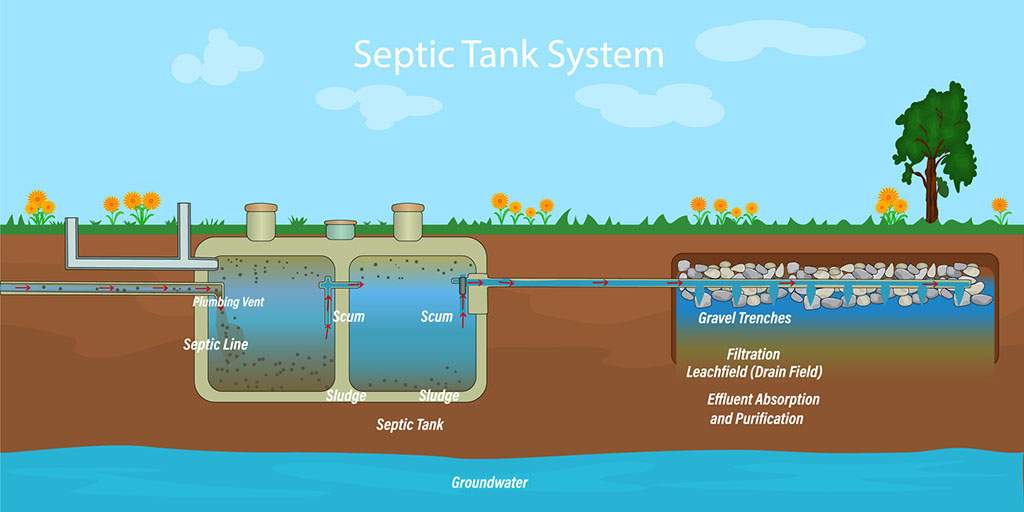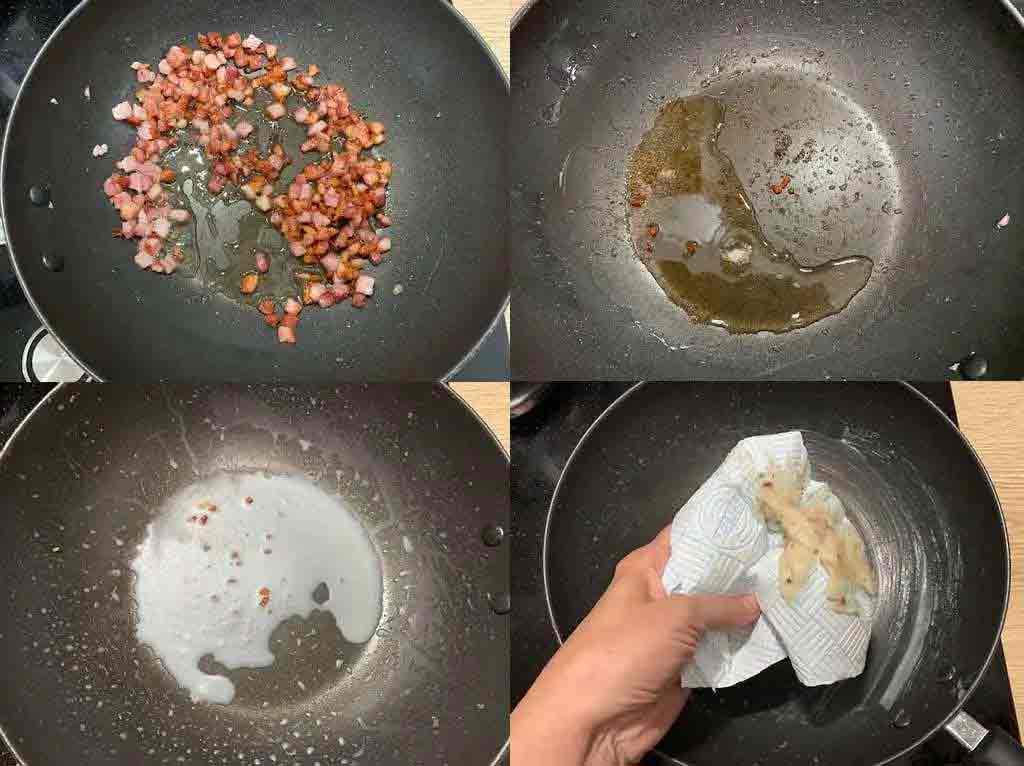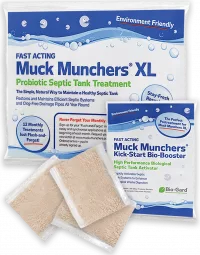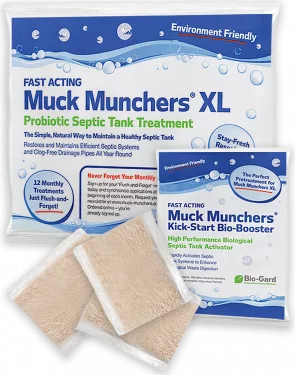How to Care for Your Septic Tank System
If you care for your septic tank system, your system will look after you. Your septic tank system is an important, yet often overlooked functional element of your property. In this article, we address 5 simple steps needed to ensure the health and even more importantly the longevity of the system.

Caring for your septic tank doesn’t need to be a challenge, however, many people don’t realise the importance of maintaining a healthy septic tank and the benefits it brings, and, as a result, caring for your septic tank system is often taken for granted – while a septic tank or package treatment sewage plant can be pumped out and serviced if mistreated the same does not hold true for the drainage field and soakaway.
If excessive effluent is allowed to build-up, the costs of refurbishment or replacement can be extremely expensive and depending on location ruin a beautiful garden.
That said, with caring for your septic tank system along with septic tank maintenance, your septic tank can last for 30-50 years, even longer.
Caring For Your Septic Tank System
Your septic tank system consists of two main parts – the septic tank (which in many modern installations is an electrically operated packaged treatment plant) and the soakaway system.
Wastewater from toilets, the kitchen, bathrooms and utility room drain into the septic tank. On entering the tank, solid waste starts to sink to the bottom, creating a ‘sludge layer’. Lighter waste elements float to the top and form a ‘scum layer’.
Between these two layers is a clearer, liquid layer, which will flow through a further similar chamber(s), and finally into the soakaway.
What is important to understand is that within the tank there is, or should be, a lot of bacterial activity, digesting the organic waste in the middle layer and also the scum and sludge layers. Digestion rates are dependent on the bacteria present, the amount of oxygen and inbound volumes of wastewater.
When the bacteria cannot keep up with digesting organic material in the wastewater entering the tank two things happen – sludge builds up, requiring costly pump-outs and undigested effluent waste in that middle liquid layer flows straight into the soakaway, vastly increasing the chances of soakaway drainage and blockage problems.
Caring for Your Septic System
The two key takeaways of all of this are that caring for your septic tank system is all about:
- Thinking carefully about how much and what you flush down your drains
- Maintaining a healthy aerobic bacterial population in the septic tank
How To Care For Your Septic Tank System
1. Don’t Overload Your Tank and Drain Field
The average person in the UK uses 142 litres of water per day according to the organisation Water UK – that’s over 30 gallons per person. In the grand scheme of things, that’s not massive, but what is important are the flows into the tank over short periods of time.
If the entire household is taking baths and showers over a short period, and the washing machine and dishwasher are running at the same time the tank is receiving a significant amount of liquid.
While that liquid may not hold excessive amounts of organic waste, what it will do is literally stir up the waste in the tank and in all probability mix sludge and scum into the clear water middle layer and then overflow through the system into the drain field and soakaway.
It is, therefore, common sense to attempt to balance discharges to even out the flow, as much as possible, throughout the day.
2. Reduce Your Water Consumption: 5 Ways to Reduce Your Water Usage
In addition, reducing the volume of water you use, will improve overall septic system performance. Minor changes to water usage will also reduce water bills too. These include:
- Take shorter showers, even add a more effective shower head
- Use less bathwater
- Use plugs in sinks and basins
- Maximise washing machine and dishwasher loads and use eco settings more often
- Consider more efficient toilet cisterns
3. Think About The Cleaning and Chemical Products Are You Adding To Your System?
The fewer contaminants you discharge into your tank the less material there is to digest and the less likely that problems will occur as a result.
The golden rule is: “Only flush the 3 P’s” – Pee, Poo and Paper
Harsh chemical products are guaranteed to kill the bacterial population in your tank, resulting in poor waste digestion. Chlorine bleaches and cleaners, and currently large amounts of ‘pandemic’ antibacterials, are really impacting on many a homeowner’s septic system performance.
The simple approach is not to use your sink as a garbage disposal unit. It might be easy to pour down paint residues, brush cleaners and oven cleaners, but you do so at your peril.
4. Never Flush Sanitary Products, Wipes and Cotton Buds
The good bacteria in your tank can and only digest organic waste. Virtually all tampons, sanitary towels, face and baby wipes contain plastics in some shape or form. None are readily recyclable or even digestible and are the perfect partners to create blockages in your drains, tank and soakaway. The simple advice is don’t flush any of them.
5. Fats, Oils and Grease are Harmful to Septic Tanks Too!

Fats, Oils and Grease (otherwise known as FOG) may not only help create blockages, they are a major component of scum layers on the surface of the tanks.
In a healthy tank with plenty of bacterial activity, that is unlikely to be a problem. Left undigested, the FOG builds up.
Instead of the surface being greeny-brown with a bubbly surface, the FOG builds up into a greyish crust. This is not only then more difficult to digest, it creates a seal over the surface, helping starve the tank of oxygen and reducing bacterial activity.
When cooking, ensure that all fat’s oils and greases are disposed of in a waste-bin. Scrape fatty plates, pots and pans or wipe FOG off using a paper towel.
Maintaining a Healthy Biological Septic System
With the pressures imposed by modern living, the constant use of detergents and household cleaning products, however careful you are the healthy bacterial population in your tank and soakaway is likely to diminish.
As a result, many septic tank owners find themselves regularly resorting to septic tank pump-outs. With average costs of pump-outs at anywhere from £150 to £300+. It can prove expensive and largely unnecessary. Adding a quality biological septic tank treatment, such as Muck Munchers at a cost of around £2.90 a month can ensure significant cost-savings. It can also help ensure:
- Improved performance
- Extended life for your tank and especially the soakaway and drainfield system
- Peace-of-mind that smells, blockages and overflows are all less likely to occur.
We hope you now have a better understanding on how to care for your septic tank system. We are keen to help as many septic tank owners to get the best from their systems and as such have a collection of short and practical guides on our blog including What Not To Put In A Septic Tank.










